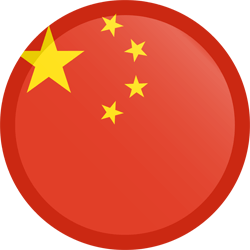Capacity utilization rates in China have declined over the past couple of years in every surveyed manufacturing sector except non-ferrous metals. Products linked to the property sector, such as plastics and non-metal minerals, are experiencing severe overcapacity because of weak demand in their downstream markets. But many other sectors are seeing declining capacity utilization, too, from machinery to food, textiles, chemicals, and pharmaceuticals.
But the drop in capacity utilization rates observed in the past few years is only one aspect of a more profound phenomenon that should draw equal concern for policymakers in Brussels and other economies—China’s growing domestic production surplus. Chinese companies, across a wide range of sectors, now produce far more than domestic consumption can absorb. This domestic surplus can produce low factory utilization rates. But it can also find its way into foreign markets, creating a growing trade surplus and, at times, global redundancies that threaten industrial ecosystems in other countries.
Those imbalances are not new, but they have reached unprecedented levels since the pandemic.


